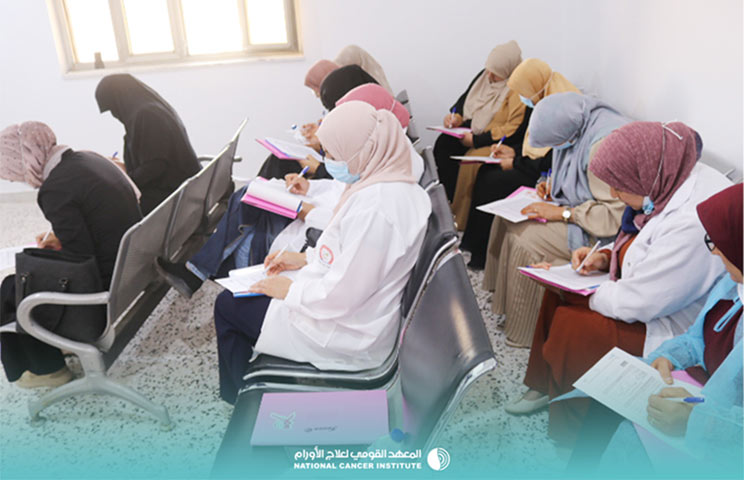Plus d'informations
28 Juillet 2022
World Hepatitis Day 2022
On World Hepatitis Day 2022, the International Agency for Research on Cancer (IARC) is supporting the World Health Organization (WHO) in highlighting the need to bring hepatitis care closer to primary health facilities and communities so that people have better access to treatment and care, no matter what type of hepatitis they may have.
Infection with hepatitis B virus (HBV), hepatitis C virus (HCV), and hepatitis D virus (HDV) can cause chronic hepatitis that lasts for several decades. These three types of chronic hepatitis infections are responsible for more than 95% of hepatitis-related deaths, causing more than 1 million deaths per year from cirrhosis and liver cancer. In 2019, HBV infection alone resulted in an estimated 820 000 deaths worldwide.
HBV infection can be prevented with vaccines that are safe, available, and effective. HDV infection can also be prevented with HBV vaccination, because HDV requires HBV for its replication. WHO recommends that all infants receive a first dose of the HBV vaccine as soon as possible after birth, preferably within 24 hours, followed by two or three doses at least 4 weeks apart to complete the vaccination series.
By the end of 2021, HBV vaccination for infants had been introduced nationwide in 190 WHO Member States. Global coverage with three doses of HBV vaccine is estimated at 80%. In addition, one dose of HBV vaccine for infants within the first 24 hours after birth has been introduced nationwide in 111 Member States, and global coverage of this birth dose is estimated at 42%.
IARC researchers and scientists from partner institutions, including WHO, recently assessed data from 86 countries or territories, representing 87% of the world’s population, and compiled the most complete and up-to-date prevalence of HBV and HCV in patients with cirrhosis by country, by region, and globally.
These new estimates for cirrhosis add to IARC’s existing global estimates for liver cancer, and will help to assess the sequelae associated with HBV and HCV in national contexts, to effectively allocate resources to prevent, test for, and treat viral hepatitis.
WHO aims to achieve elimination of viral hepatitis as a public health threat by 2030.
Other news

IARC at the International Congress on Occupational Health 2024
Researchers from the International Agency for Research on Cancer (IARC) will present during the 3...
26.04.2024
Read more

IARC Director addresses policy-makers and health workers in Brazil to mark 50 years of FOSP
Dr Elisabete Weiderpass, Director of the International Agency for Research on Cancer (IARC), will...
25.04.2024
Read more

Breast cancer early detection: training of master trainers in Libya
About 50 nurses and midwives from the main polyclinics in Misrata, Libya, have been trained on th...
25.04.2024
Read more